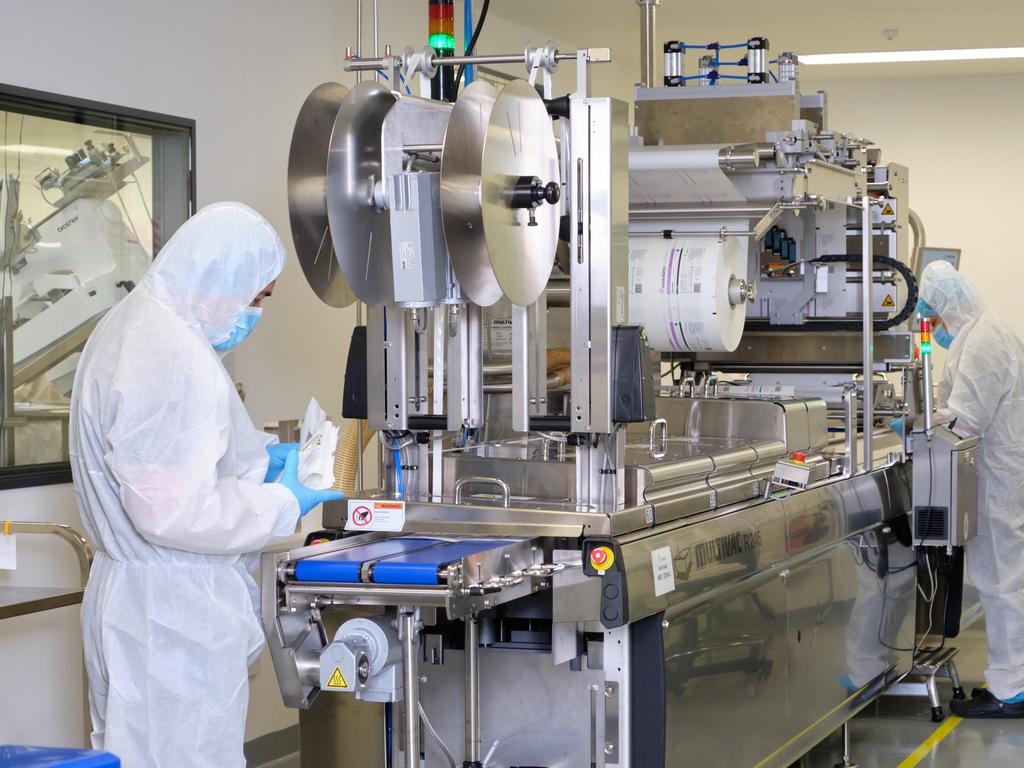Australian Tax Office insights into true position of SMSFs

The ATO has done some excellent work to dispel the inaccuracies published by financial regulator the Australian Securities & Investments Commission in its SMSF fact sheet. Here are seven important insights gained from this year’s data.
1. Revised operating expenses show SMSFs’ true costs
It wouldn’t be unreasonable to say ASIC’s had quite a strong position against the SMSF sector over the past few years. That position is not unwarranted given some of the unscrupulous property spruikers, but it’s decision to issue a fact sheet of SMSF costs that was grossly incorrect left a bitter taste in the sector.
ATO statistics show that operating expenses were at a median of $3923, far short of the average costs of $13,900 stated in ASIC’s fact sheet. In fact, 84.4 per cent of all SMSFs have operating expenses under 1 per cent of total assets; 43 per cent under 0.5 per cent; 44.5 per cent of funds have total expenses at less than 1 per cent.
2. SMSF pension members are benefiting from advice
This year’s statistics for the first time include data post the July 1, 2017 reforms where the transfer balance cap was introduced. With this cap, it also introduced strategies on how a member withdraws their super benefits, across pension payments and lump sums. From these statistics, SMSF members appear “in tune” with the strategic decisions about taking benefits in order to maximise their tax position and longer-term estate planning.
Total benefit payments fell 15 per cent in 2017-18, with a fall of almost 16 per cent in pension payments, in contrast to lump sums that more than doubled.
3. SMSF net fund flows
Over recent years, there has been a steady trend towards outflows within SMSFs being greater than inflows – this has occurred for a couple of reasons:
● Increasing number of members drawing down retirement phase income streams; and
● Reductions in the ability to contribute.
However, the 2017-18 data shows a 10-fold increase in outflows over inflows with a net outflow of $22.5bn: It will be interesting to see whether this increase is now a more permanent fixture.
4. Tax agents
The statistics show that tax agents have an average of 34 SMSF clients and a median of 10. However, 50 per cent of all tax agents in the SMSF sector do less than 4.5 per cent of total SMSFs — an average of 3.7 funds per agent. This is in contrast to the other half of the tax agents that have an average of 82 funds under their tax agent’s licence. The numbers of agents are marginally declining, but that “gap” between the providers is going to create continuing problems as specialisation and technology evolves.
5. Continuing to attract younger members
Both the annual statistics and the quarterly SMSF statistics continue to show that SMSFs are attracting younger members, with 63.7 per cent of new members under the age of 50.
When looking at the overall SMSF population, only 25 per cent of members are under 50.
6. Lending within a fund’s investment strategy
In September last year, the ATO wrote to 17,700 trustees raising concerns about diversification within their investment strategy. This became much bigger for the SMSF industry, with a greater awareness and focus on a fund’s investment strategy requirements. The statistics show that 10.2 per cent of funds reported having Limited Recourse Borrowing Arrangements (LRBA), up from 9.5 per cent
Exposure to debt has continued to increase over the past five years, representing 60 per cent of residential property within SMSFs. But as a representation of total SMSF assets, LRBAs have remained steady at 5.9 per cent.
7. Asset concentration risk remains a concern
The management of asset concentration risk will remain high on the radar for the regulator, with 30.1 per cent of all SMSFs having 90 per cent or more asset concentration within a fund.
Aaron Dunn is CEO at www.smartersmsf.com





The Australian Taxation Office has recently published the Self Managed Super Fund statistical overview for 2017-18, which provides key insights from the published data about the health and performance of the SMSF sector.